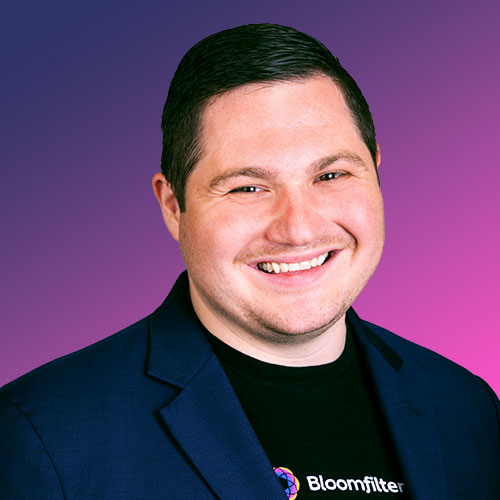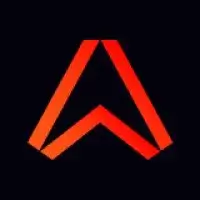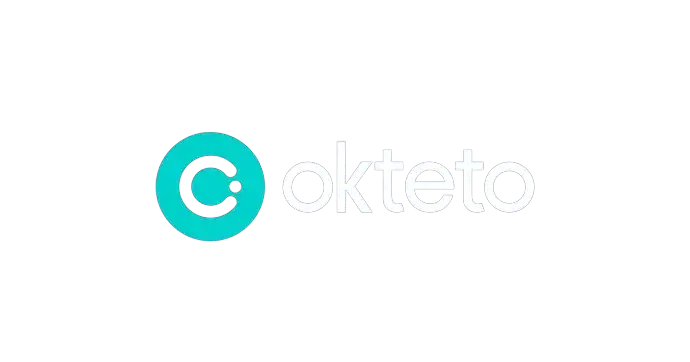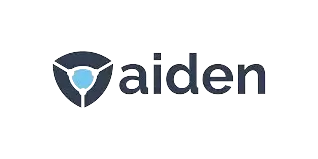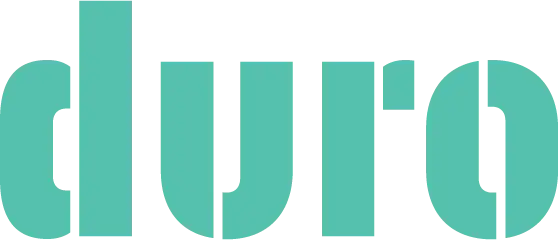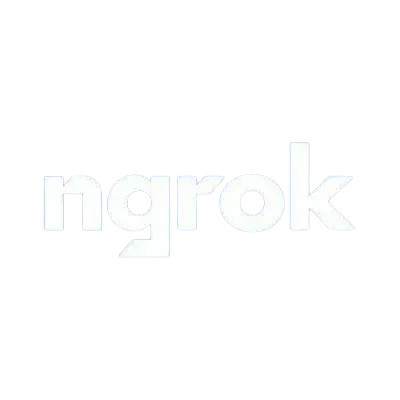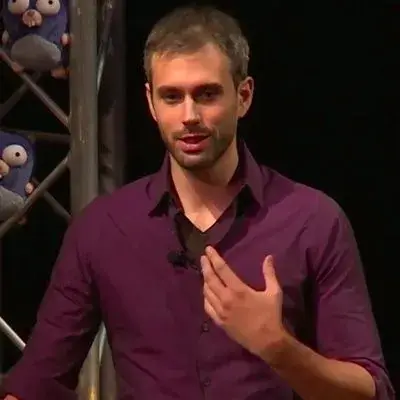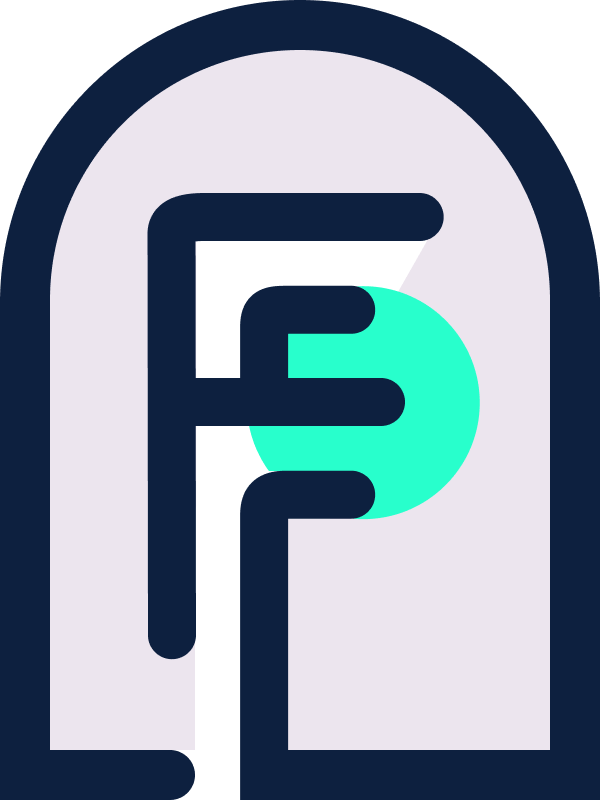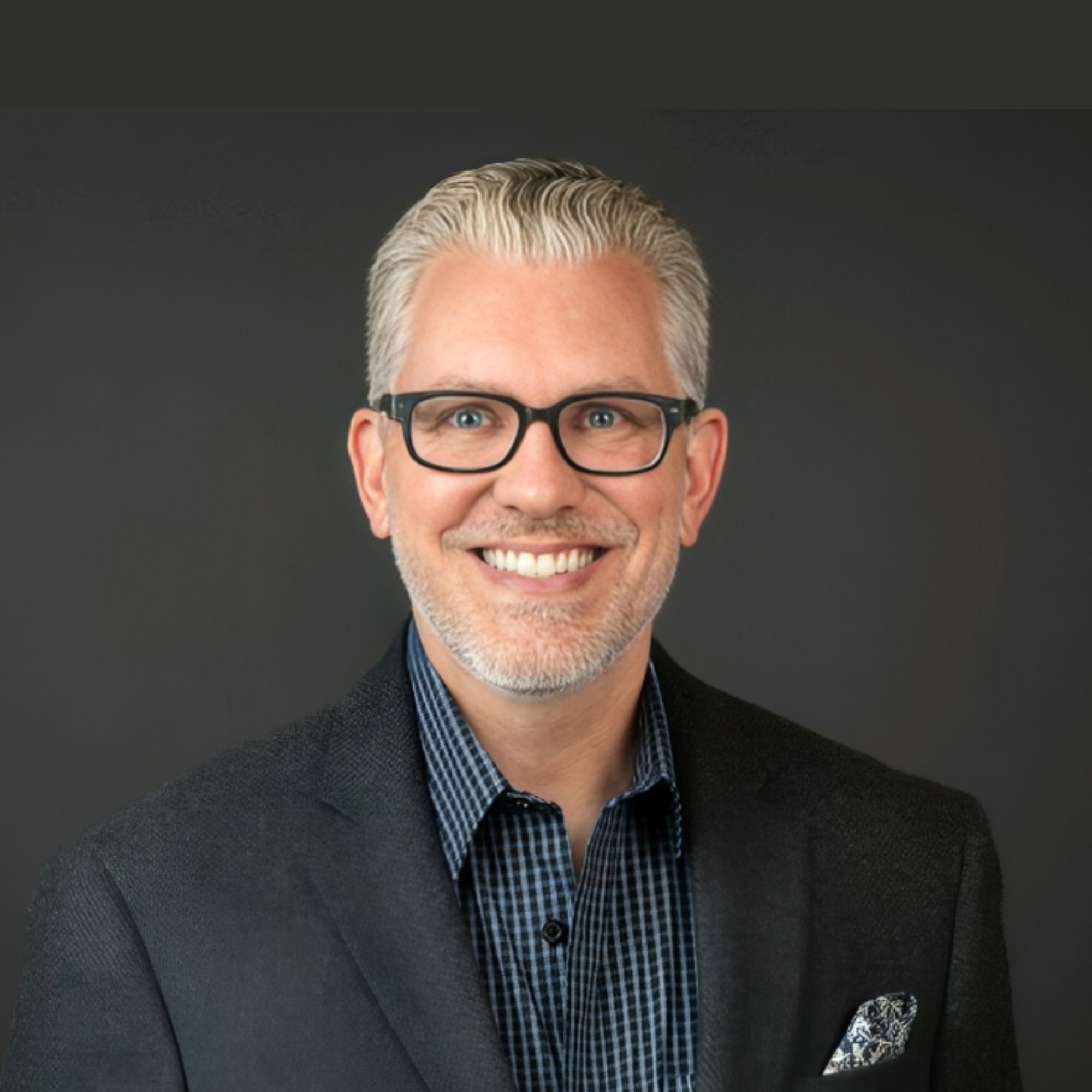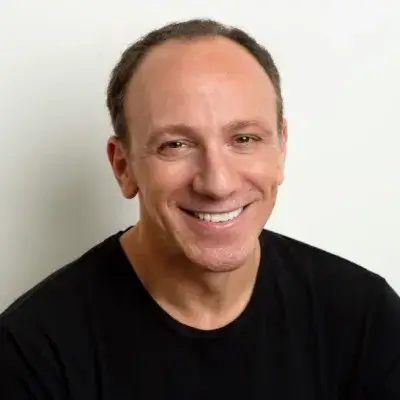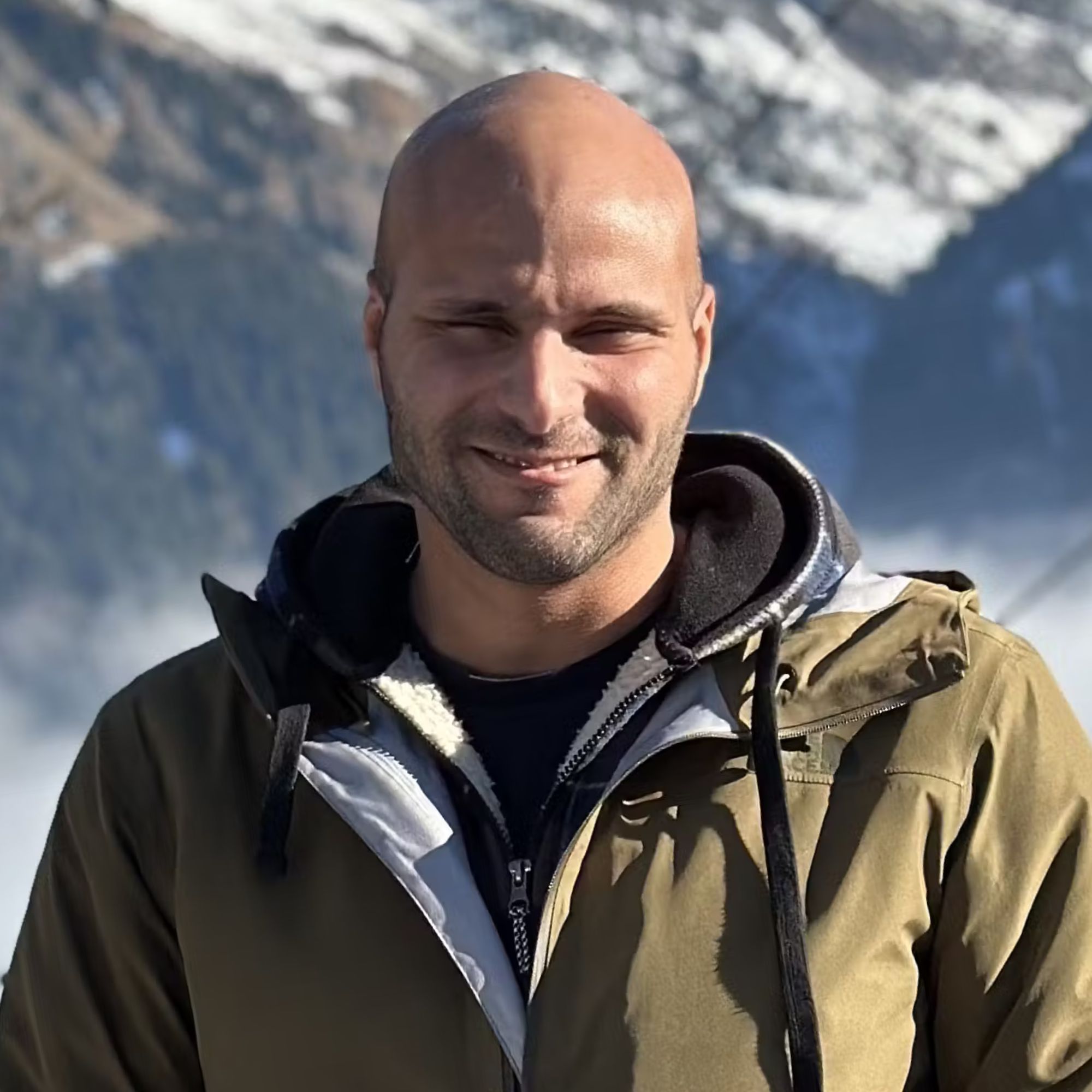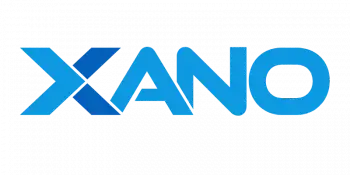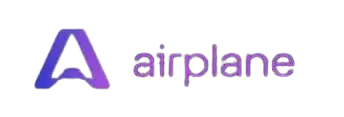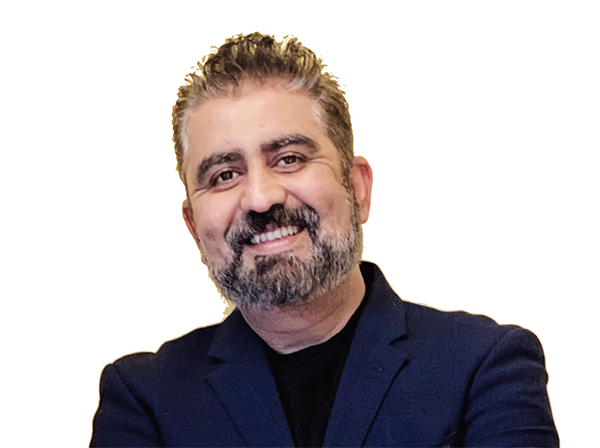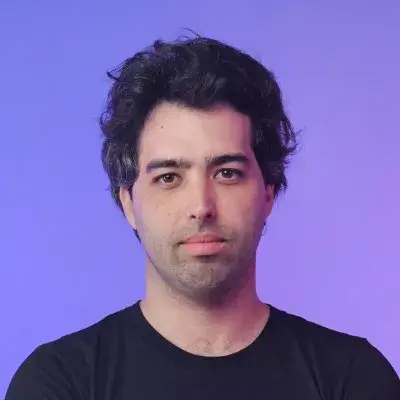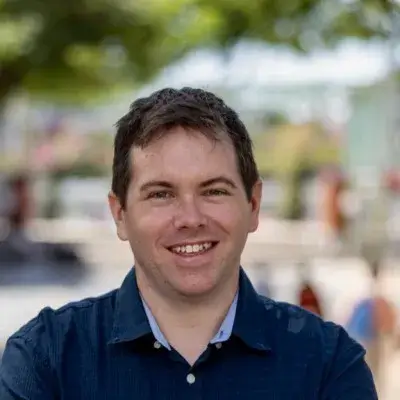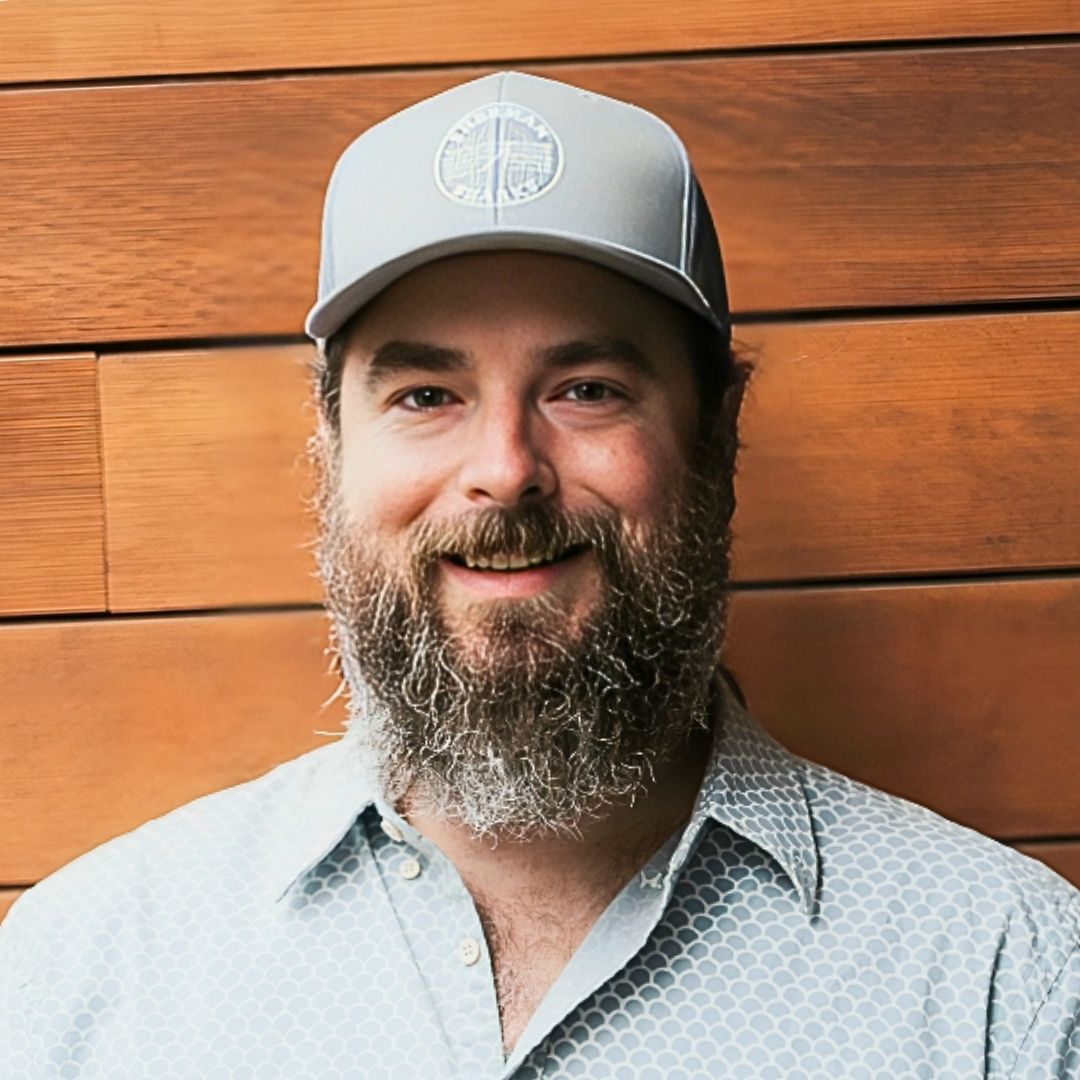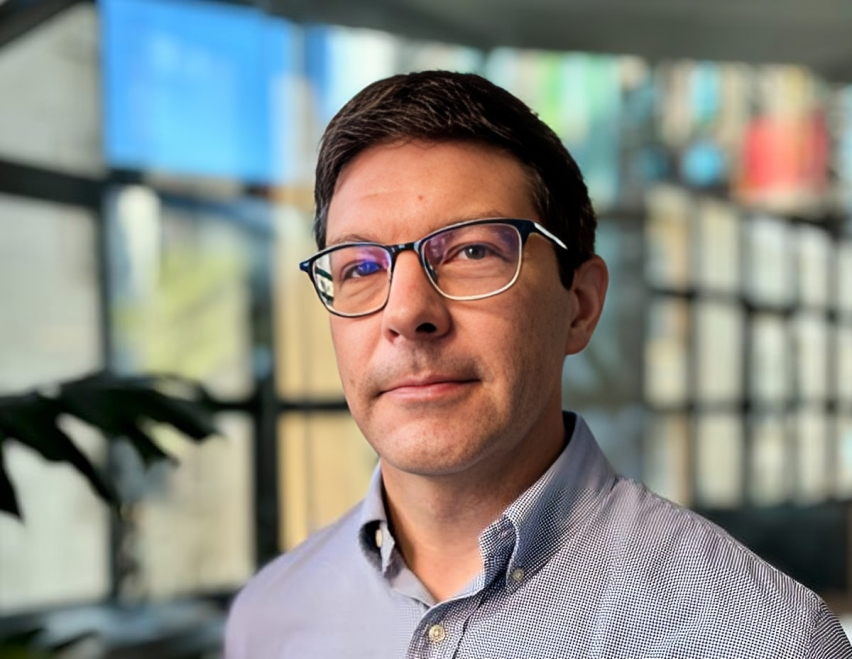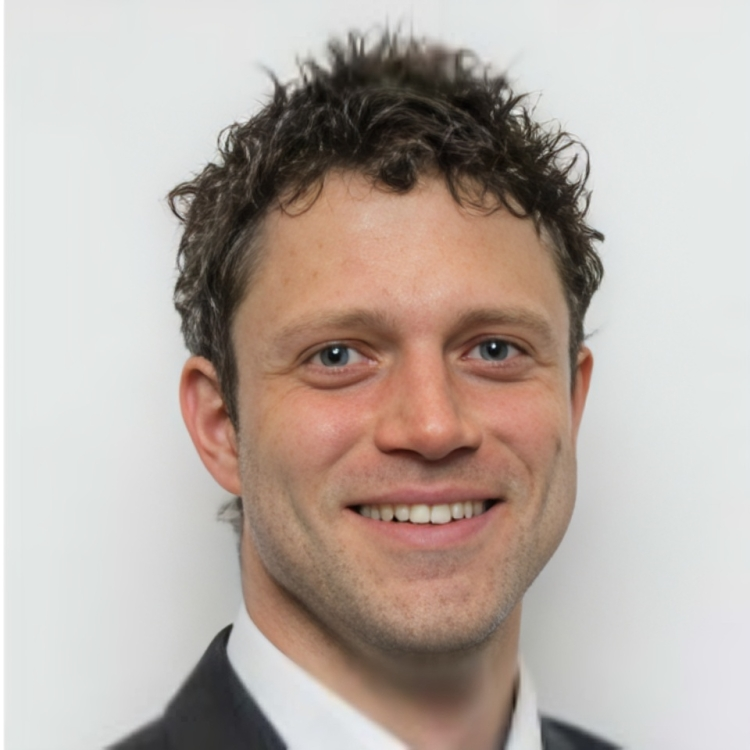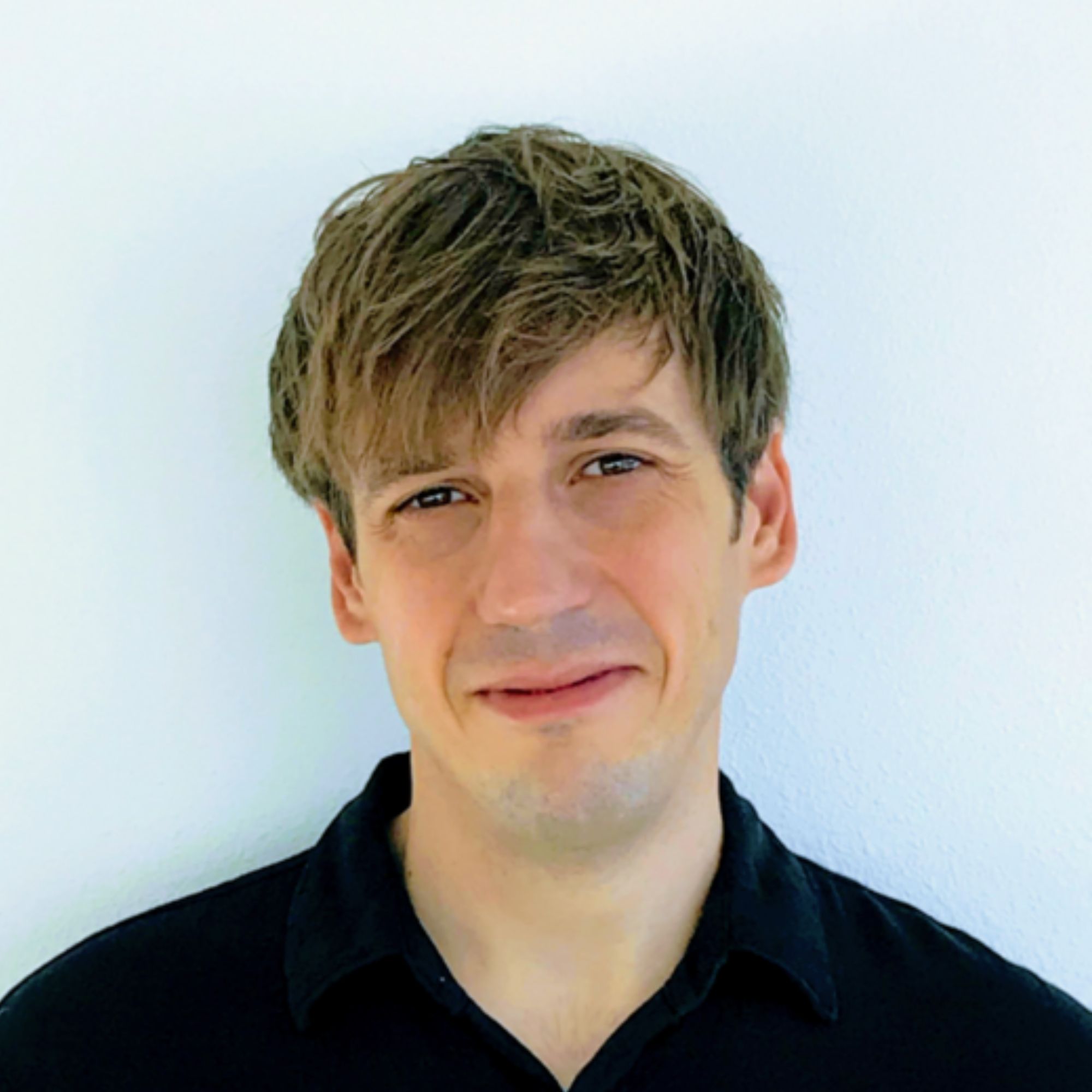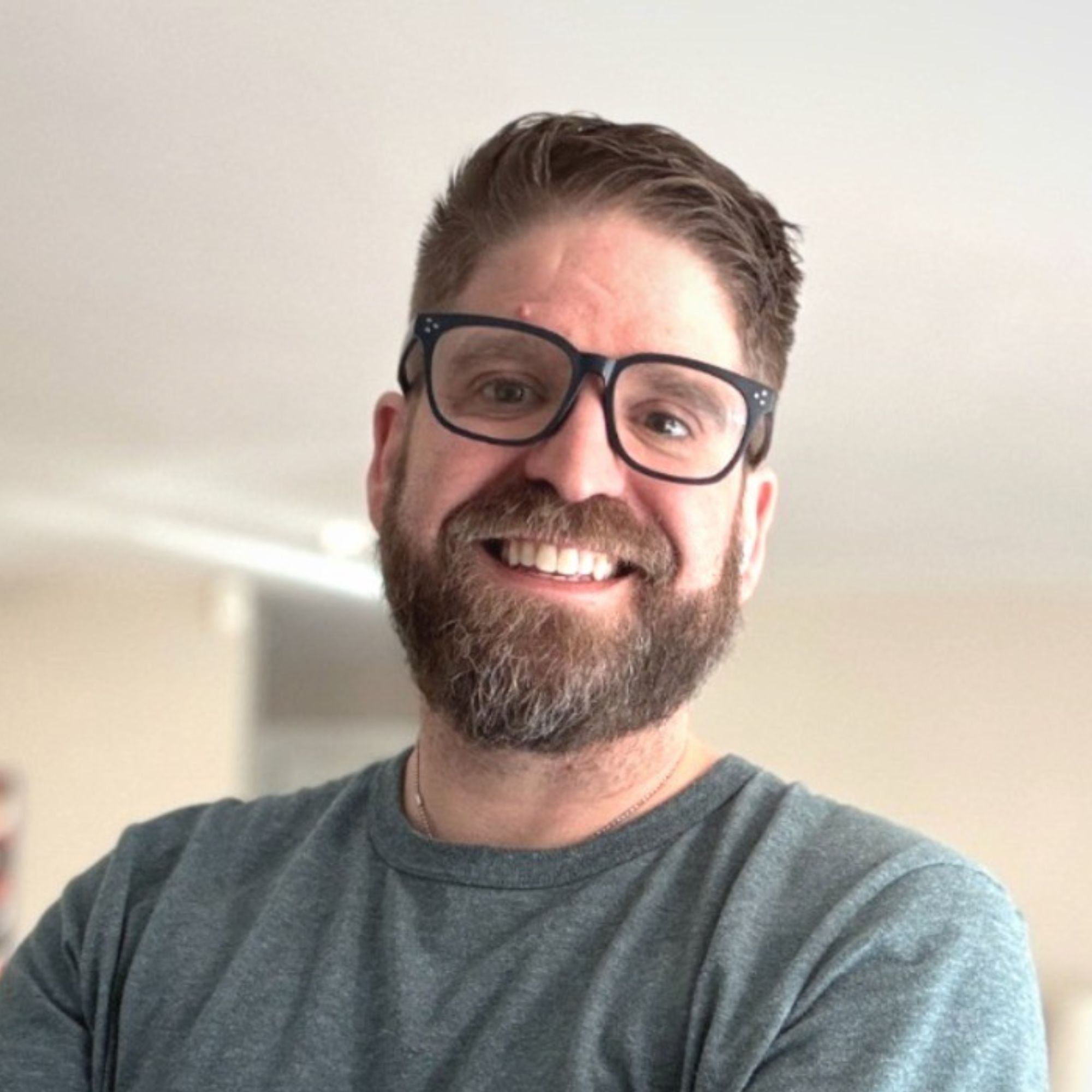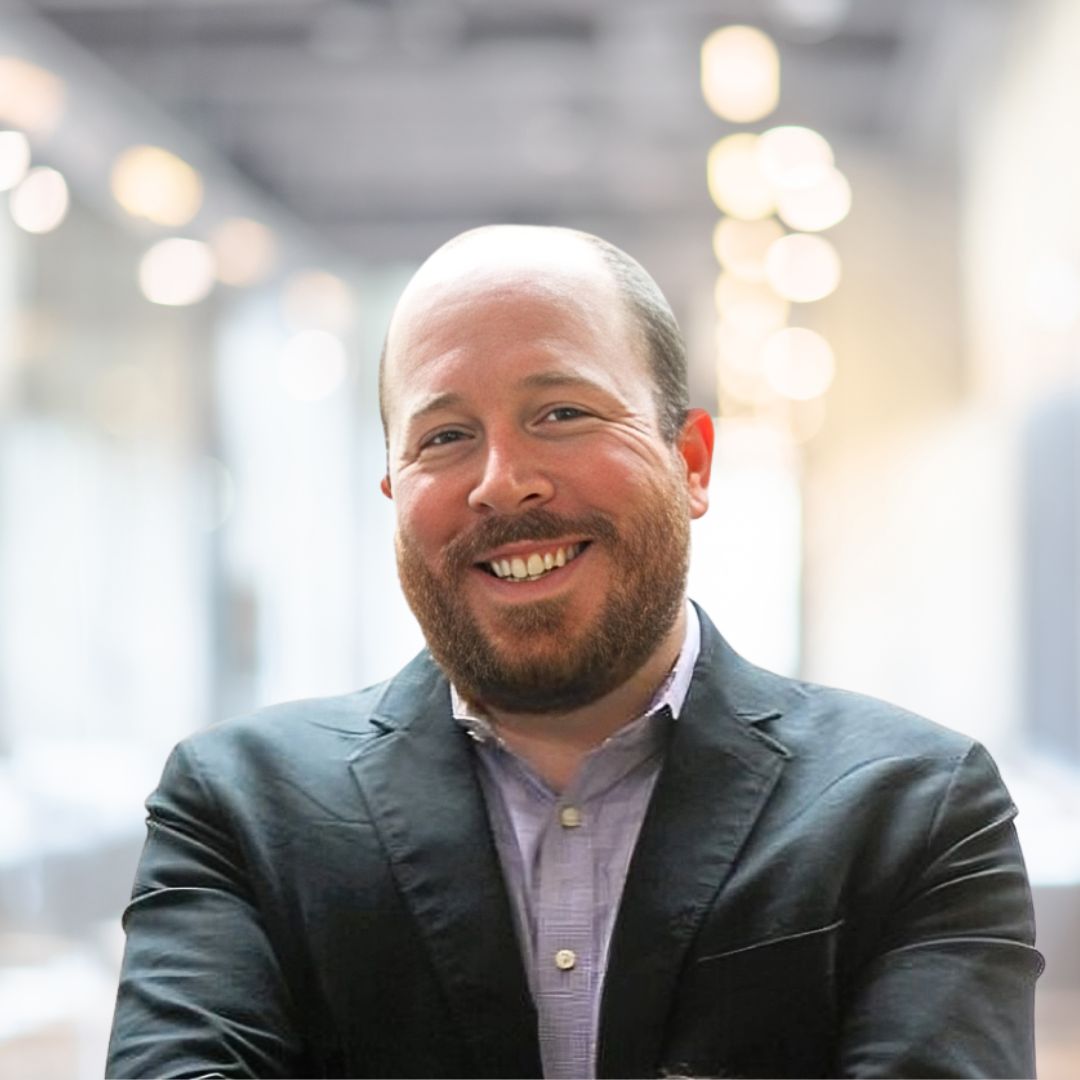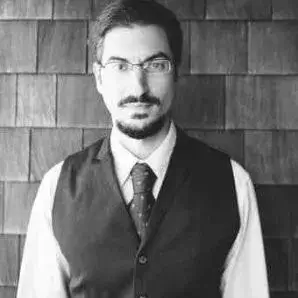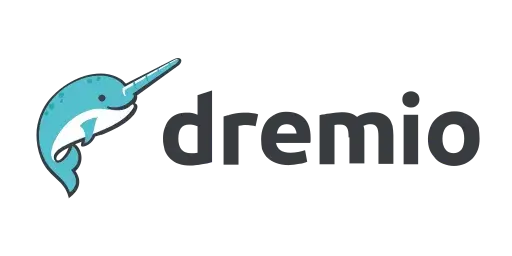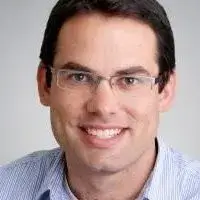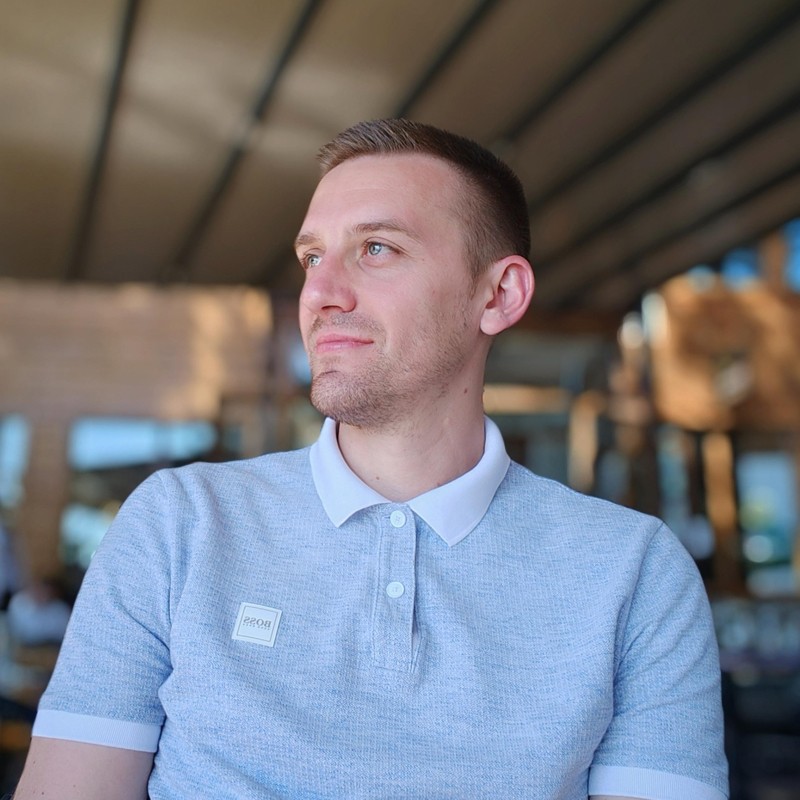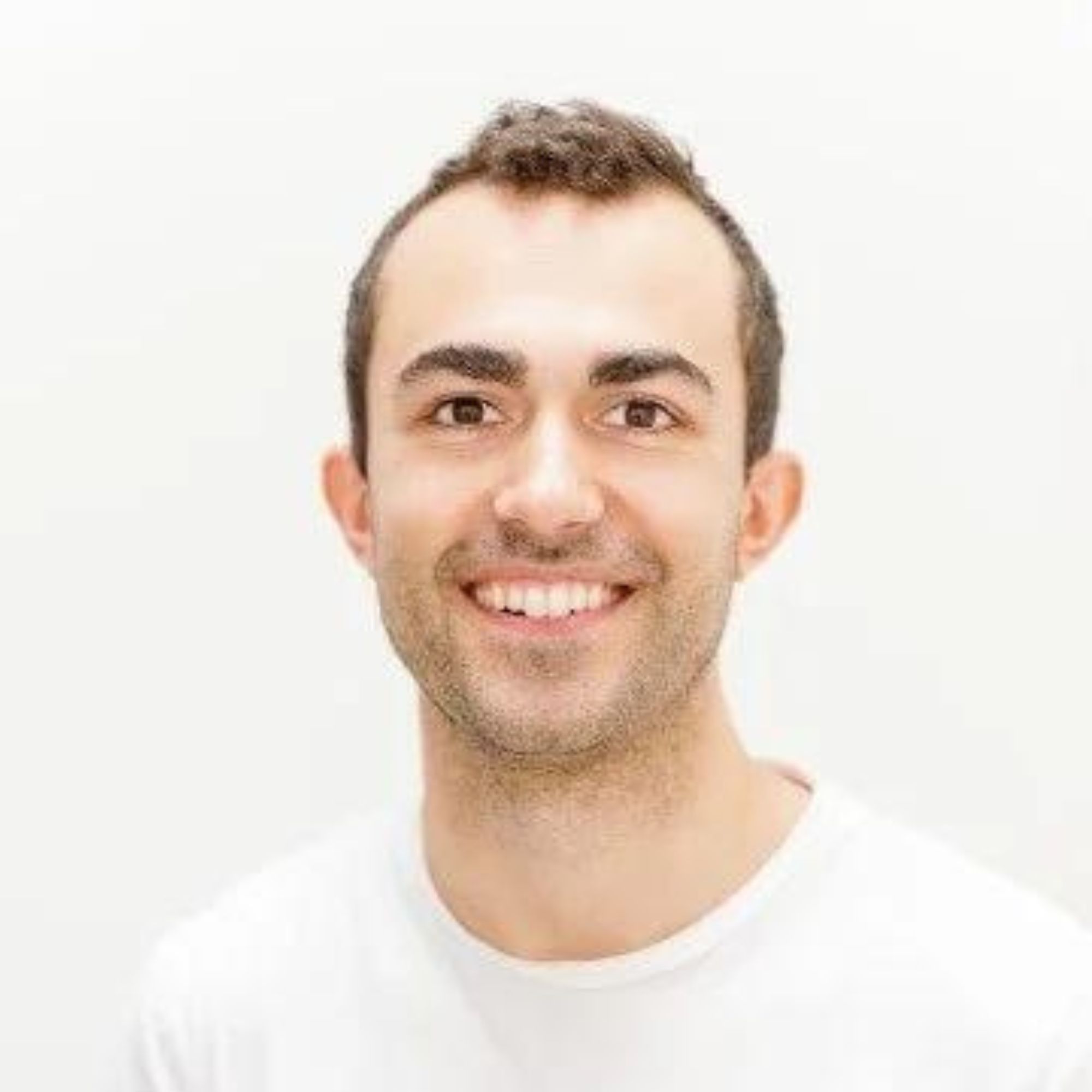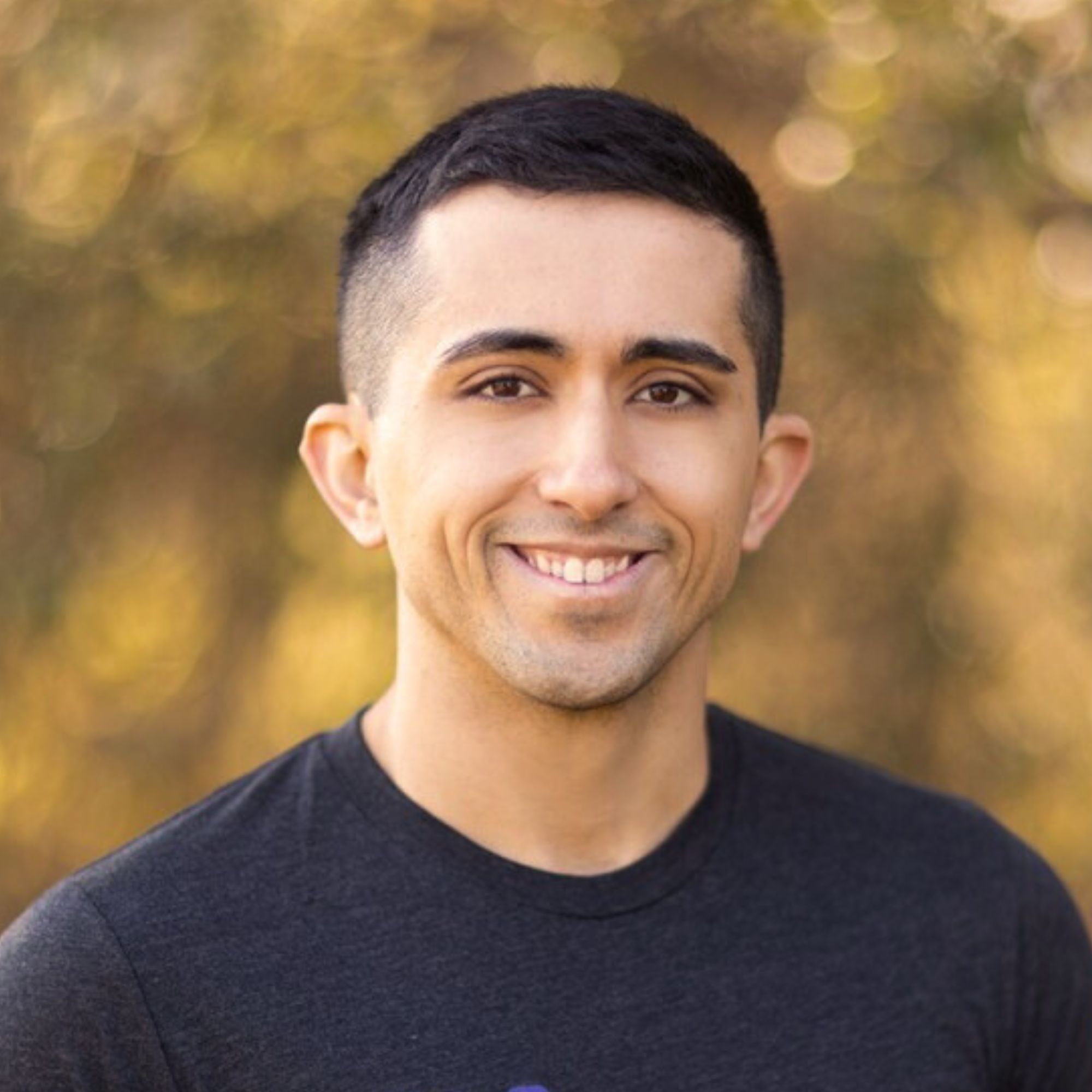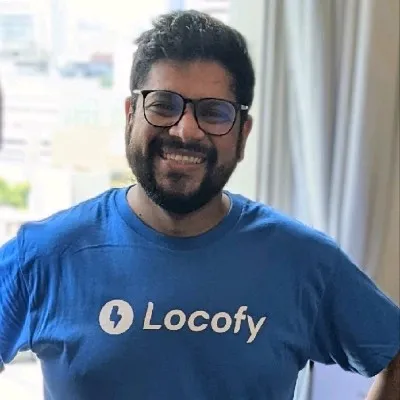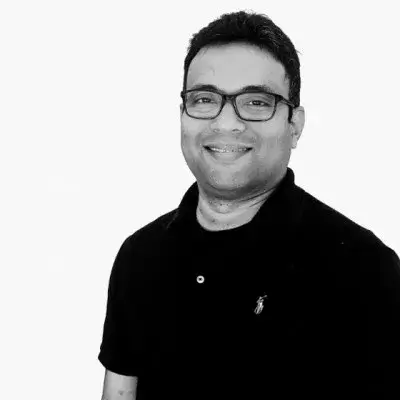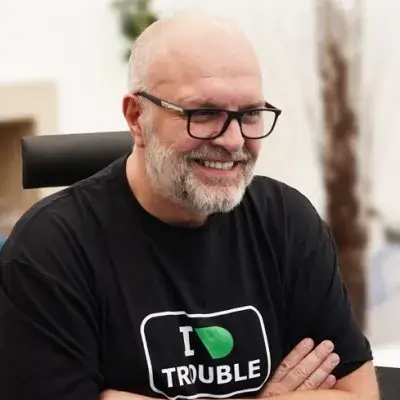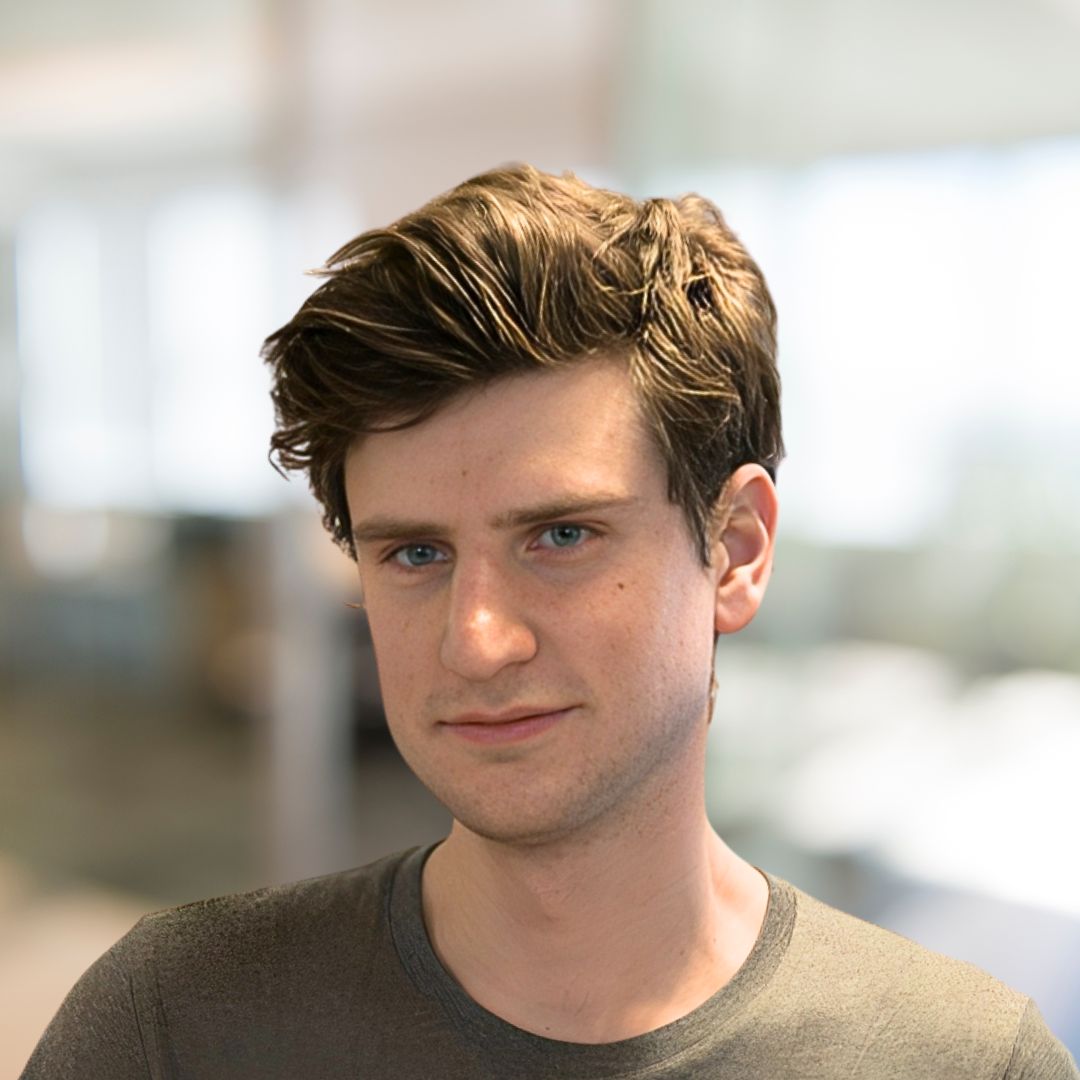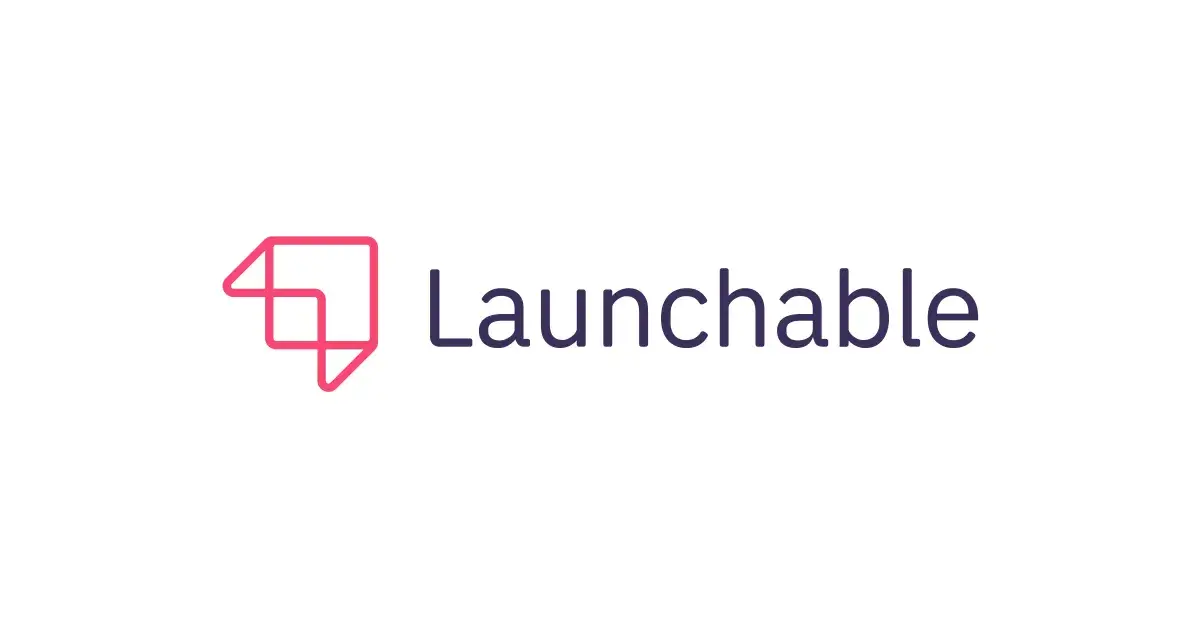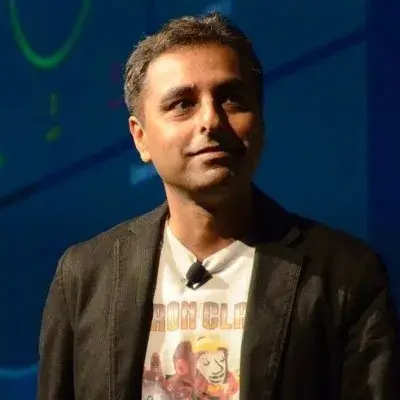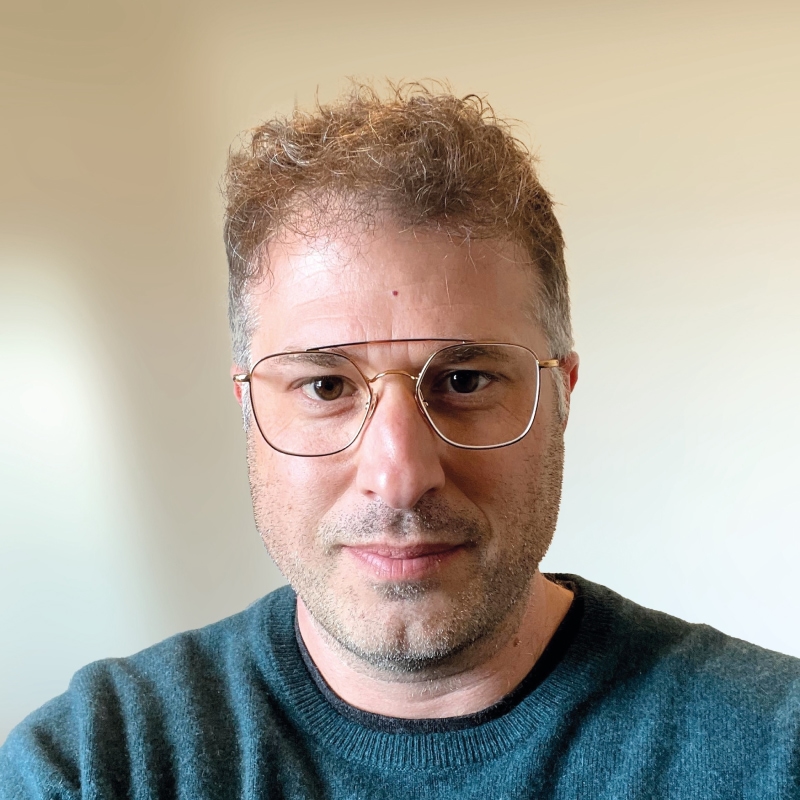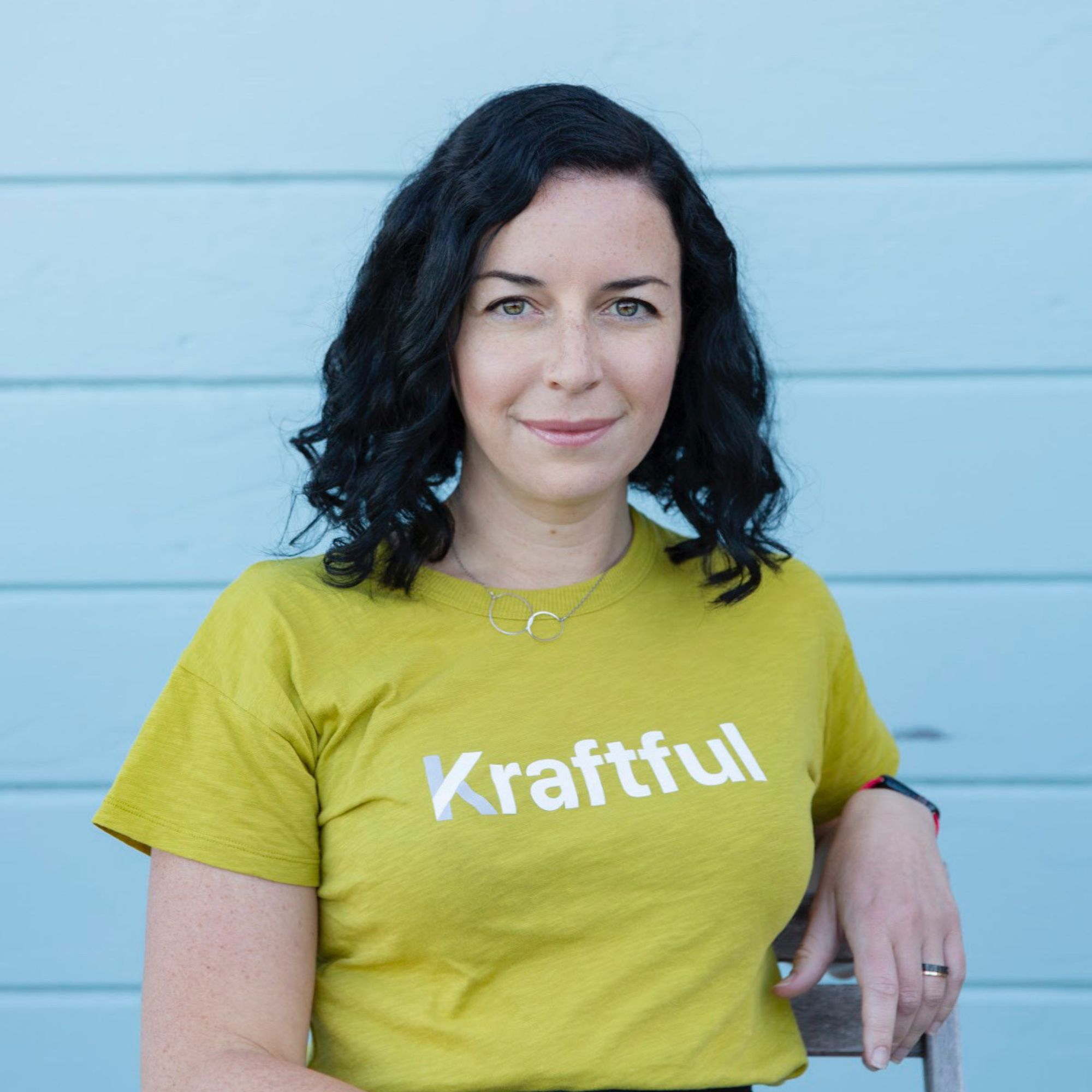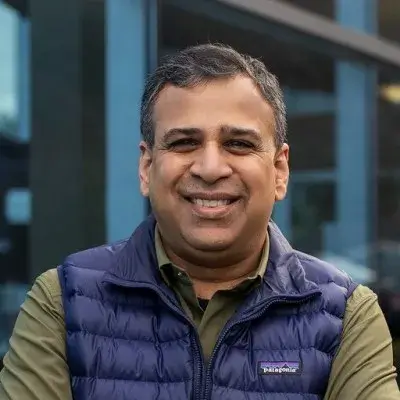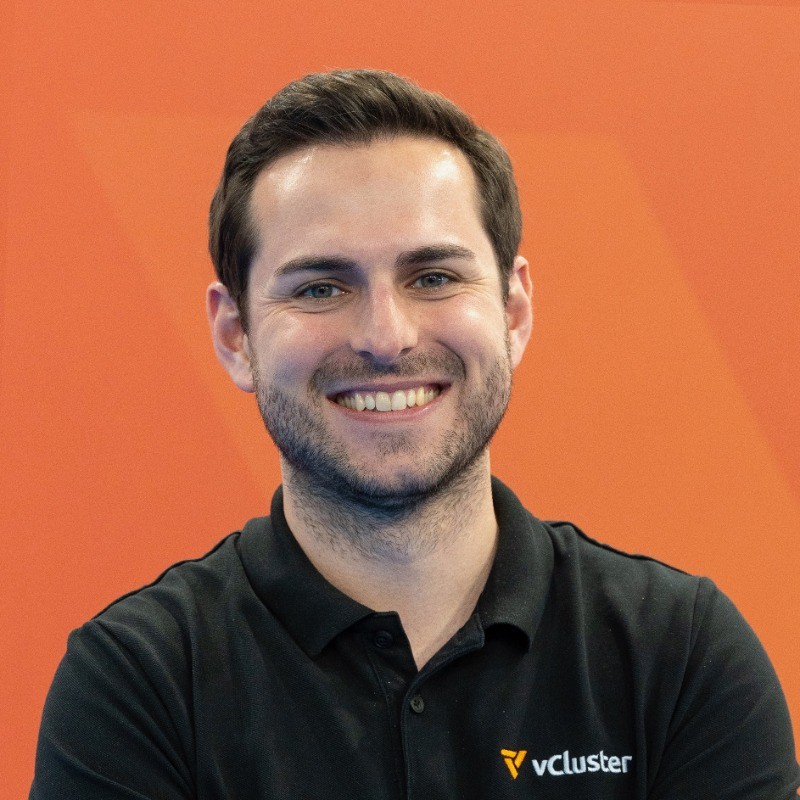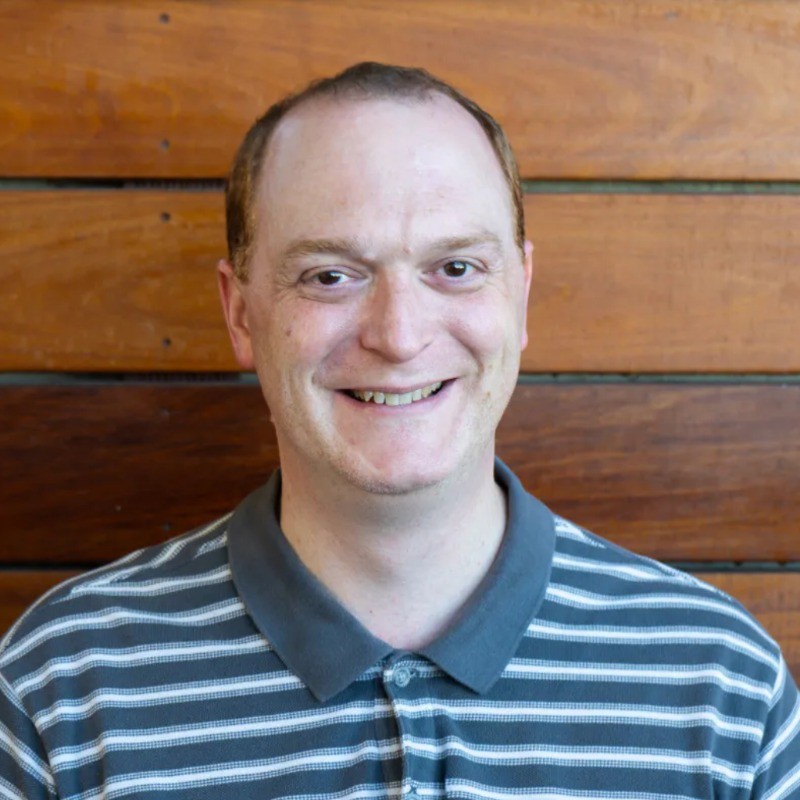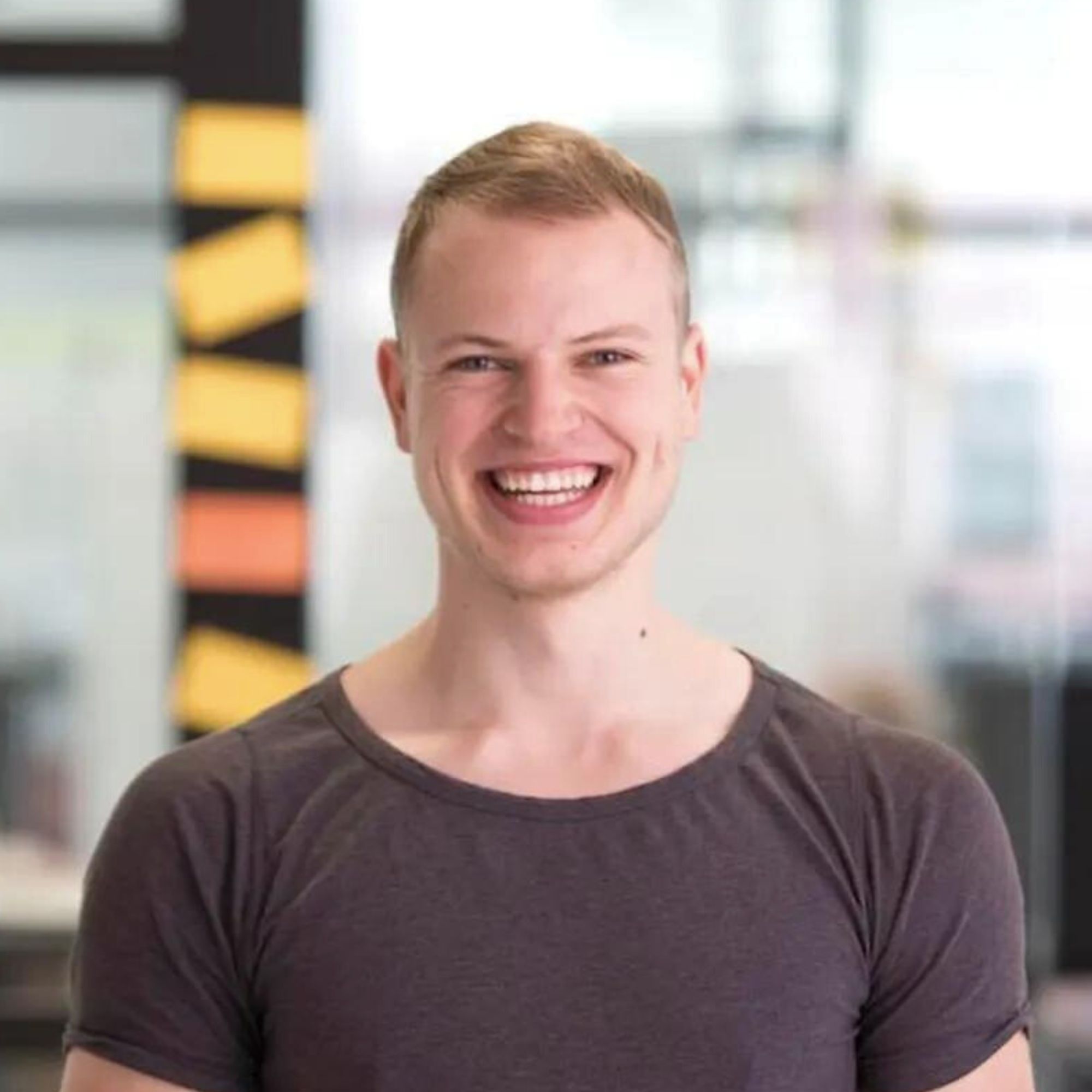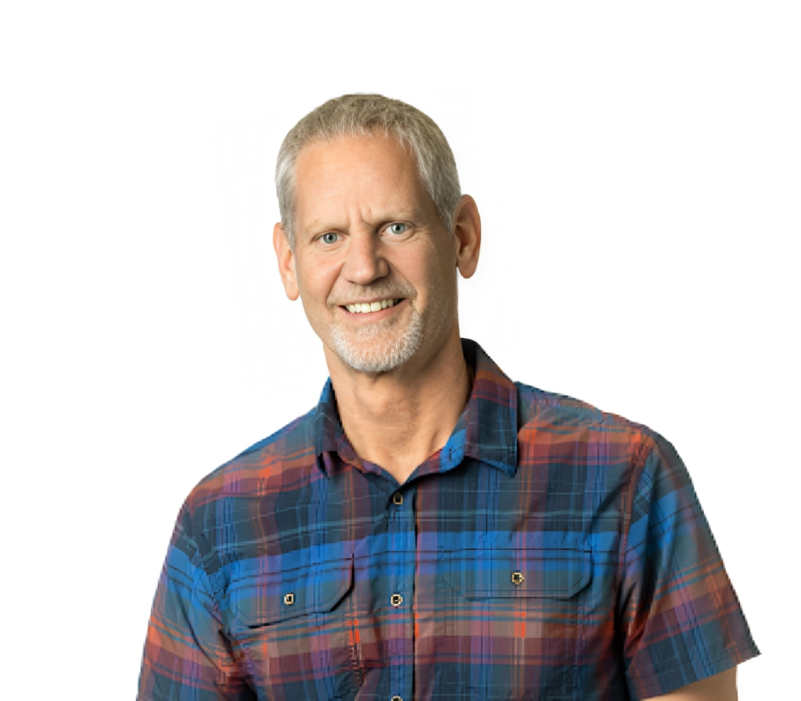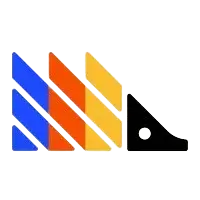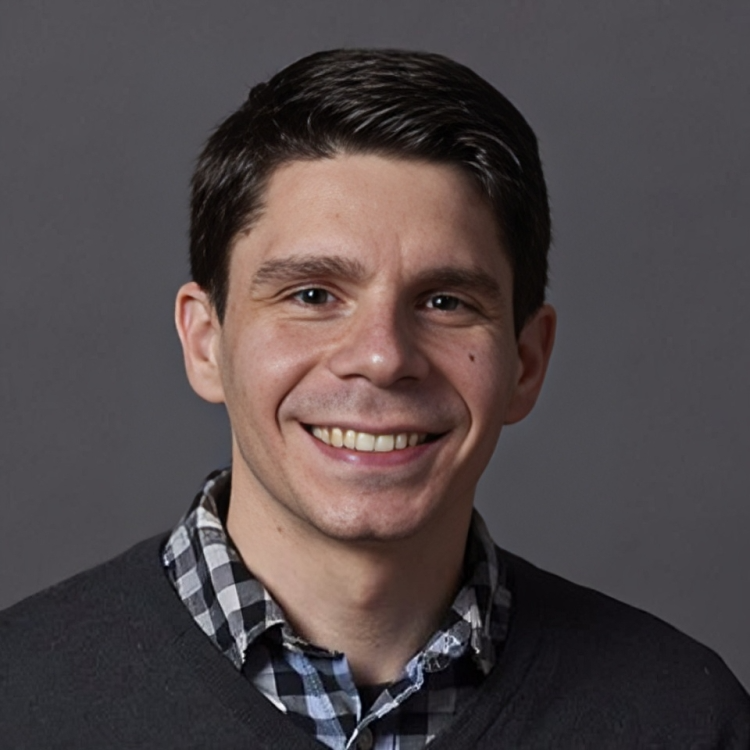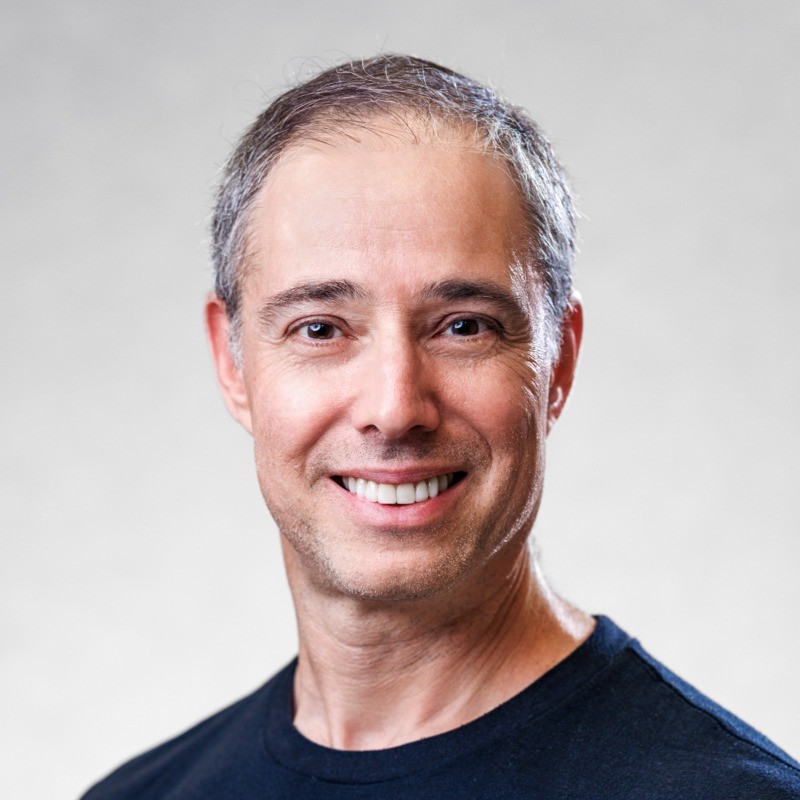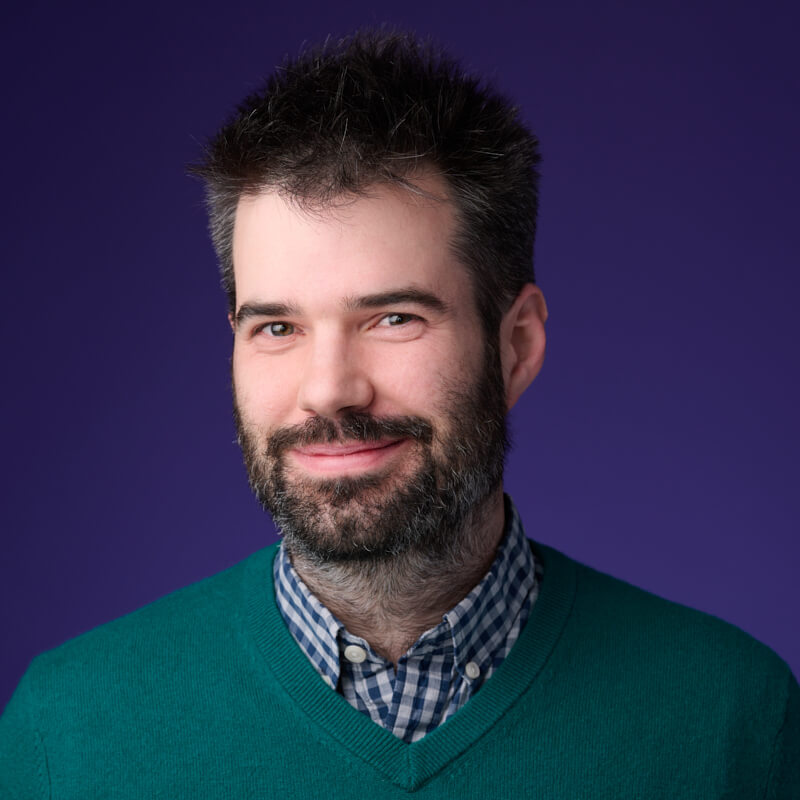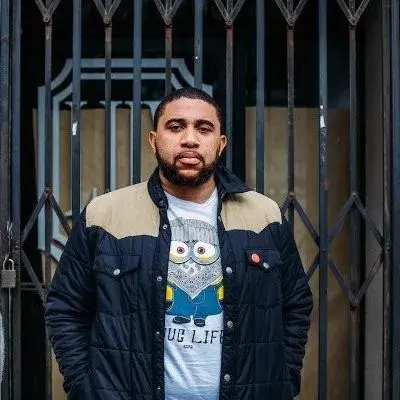Ready to build your own Founder-Led Growth engine? Book a Strategy Call
Frontlines.io | Where B2B Founders Talk GTM.
Strategic Communications Advisory For Visionary Founders
Actionable
Takeaways
Interdisciplinary Approach as a Foundation for Innovation:
Hersh's transition from engineering in healthcare and diagnostics to software underscores the importance of leveraging cross-industry insights for groundbreaking solutions, emphasizing that diverse experiences can lead to novel problem-solving techniques in technology development.
Bridging Communication Gaps with Data:
Allstacks addresses the challenge of aligning software development with business objectives by translating complex development activities into understandable, actionable insights for non-technical stakeholders, thus enhancing collaboration and reducing surprises in project outcomes.
Adapting to User Needs Without Disruption:
The development of Value Stream Intelligence by Allstacks, where the platform conforms to existing workflows rather than requiring users to adapt, serves as a model for user-centric product design in technology, ensuring higher adoption rates and immediate value realization.
Navigating Market Education and Adoption:
Hersh's experience with the evolving market reception to data-driven management in software development illustrates the importance of timing and market readiness for the adoption of innovative solutions, offering valuable lessons on patience and strategic positioning for startups.
Emphasizing Customer Success in Product Adoption:
By providing accessible customer success resources and support, Allstacks demonstrates the value of empowering customers to not only use the product but also to integrate its insights into strategic decision-making and storytelling within their organizations.
Conversation
Highlights
How Allstacks Solved Engineering’s Biggest Communication Problem by Refusing to Change How Developers Work
When pharmaceutical companies and software teams try to work together, something breaks. The pharma side preloads all their R&D work, runs clinical trials, locks in a formulation, and then manufactures at scale. Software teams iterate continuously, shipping and adjusting as they go. These fundamentally different rhythms create friction—and that friction is exactly what led Hersh Tapadia to build Allstacks.
In a recent episode of Category Visionaries, Hersh Tapadia, CEO and Co-Founder of Allstacks, a value stream intelligence platform that’s raised nearly $16 million, shared how his experience translating between these worlds exposed a critical gap in how engineering teams communicate value to their stakeholders.
The Translation Problem That Started Everything
Hersh’s background sits at the intersection of multiple fields—electrical engineering, biomedical engineering, healthcare software, and supply chain security. At every stop, he faced the same challenge: translating technical work into language that resonated with people from completely different disciplines.
“Over the course of my career, I found myself at the intersection of fields a lot,” Hersh explains. “What that ended up exacerbating, as I think about a lot of the problems I ended up solving, was it was how do you translate something from point A to point B?”
This translation problem became impossible to ignore while working in pharmaceutical software. “Fundamentally, the way these things work are different. We think about building software as this continuous process, this Iterative process. But a lot of times, if you’re, say developing a drug, you preload all the R and D work.”
Finding the Problem by Embedding in Teams
Rather than building a solution in search of a problem, Hersh and his Co-Founder Jeremy Freeman took a different approach. “We said, well, we’ll just embed ourselves into different teams. And as we do that, we’ll figure out what people are complaining about, and we’ll solve that problem.”
What they discovered wasn’t about velocity or productivity metrics. “What everyone was complaining about was ultimately this problem of managing expectations between different stakeholders, because it’s really hard to get a read on what was going on.”
This insight shaped everything about Allstacks. The real problem wasn’t that projects failed—it was that failures came as surprises. “When you think about what are you actually upset about? You’re actually upset about the surprise more so than you’re upset about what happened. It’s the way you found out.”
The Critical Decision: Don’t Make Developers Change
Most value stream management platforms that came before Allstacks required massive implementation work. Teams had to restructure their Jira, force developers into new workflows, and spend months getting systems aligned before seeing any value.
Hersh took the opposite approach. “We’ve applied this intelligence layer to ValueStream management which is why we call it Value Stream intelligence. And what it allows us to do is it allows us to take this perspective of don’t change anything to get started you just plug in with all stacks.”
This wasn’t just a nice feature—it was the entire go-to-market strategy. By conforming to how teams already work rather than forcing teams to conform to the tool, Allstacks could deliver value immediately. “We find adoption goes a lot faster and value is realized a lot quicker in this agile way rather than this very manual whole hog way that you had to do in the past.”
Timing the Market Without Crashing Into the Ceiling
Between 2018 and 2020, much of Allstacks’s work was market education. “Why do you care about this data? Why is it important that you have this data? Yes, sales and marketing is data driven, but should engineering also be data driven?”
Then something shifted. “From 2021 onward, what we found is the market has totally come around to this position where we now when we interface with customers, we’re not teaching people why this data is important, what value they can get from it. What we’re showing them is how they can leverage the data to storytell.”
Hersh credits an investor insight for navigating this: “Is the market growing faster than you are, or are you growing faster than the market’s growing?” Companies that scale faster than their market crash into a ceiling. “We’ve been able to kind of time our growth, some by luck, some by intentionality, to the growth of the market.”
Teaching Customers to Storytell With Data
Allstacks’s customer success approach reveals another layer of their GTM strategy. Rather than just providing dashboards, they teach customers how to use data to advocate for resources and demonstrate impact.
“What we want to do is we want to get our customers to the place where they’re not saying, I need to understand this like baseline metric. I want to see how many stories we completed or how much code we constructed. We want them to be able to storytell with the data.”
The payoff is customers who become advocates. “Our customers, they’re not just saying, here’s a dashboard, and I looked at it every week, they’re actually making persuasive arguments for the value they’re creating and the resources they need inside of their orgs.”
Competing With Homegrown Solutions
Despite being in a category with multiple players, Allstacks often doesn’t compete directly with other platforms. “Most of the deals that we go through we’re actually not competing at all. We’re going after them solo.”
Their real competition? Internal solutions teams have cobbled together. “What we’re actually competing with is maybe somebody, some enterprising person said this data is really important, I’m going to build something in tableau for Power bi to really get a handle on it. But now the organization is scaled to the point where that’s no longer tenable.”
Making Engineering One Train With the Business
Hersh’s vision connects to his early frustration with engineering work that lacked context. “The most dissatisfying thing about engineering for me was context. I felt like were always building, were learning, were being taught to operate in a vacuum as engineers.”
He describes the current state: “If you think about the business and engineering as two trains running on parallel tracks right now in most companies, what happens is those trains are running on these parallel tracks. They look out the window, they can see each other and they’re wondering if they’ll stop at the same station.”
Allstacks’s mission is to merge those tracks. “What we want to do is we want to make that one train.”

